 There are very few limits to how fur she'll go for fashion. 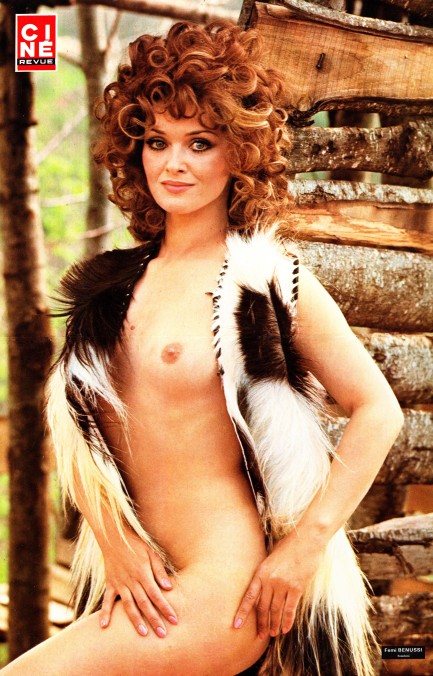
This shot of Italian actress Femi Benussi made by prolific lensman Angelo Frontoni is from a 1977 issue of Ciné-Revue, and shows her wrapped (sort of) in a fur vest, probably made of skunk, which was a trendy choice for coats at the time. Benussi appeared in more than eighty films, among them Tarzana sesso selvaggio and Nude per l'assassino, aka Strip Nude for Your Killer. At some point she became a fixture in commedie sexy all'italiane, a sub-genre of goofy titillation flicks, with humor so sophomoric you'll beg for mercy. Well, you don't have to beg to see Benussi back on Pulp Intl. There are a few more movies of hers we'd like to check out, so she'll return.
 Markov plants vivid ideas in readers' heads. 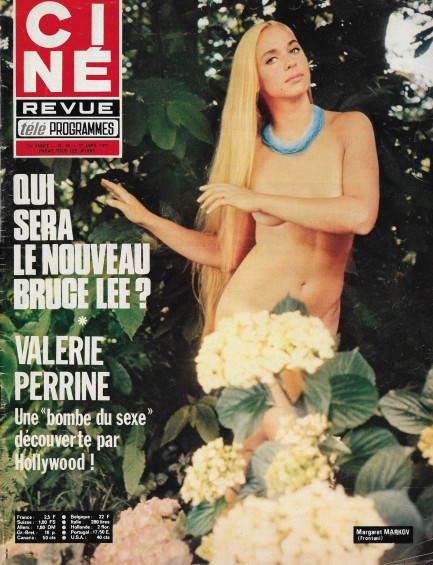
Remember the side trip to France we mentioned? Today you see the first of our acquired items, an issue of the cinema and television magazine Ciné-Revue, which was based in Belgium and published throughout Europe and the French speaking world. This one appeared today in 1975, and who is that on the cover other than Margaret Markov, a favorite star of bad U.S. exploitation movies of the era? We've seen her hanging out in the woods before. Remember this shot? The cover and centerfold of today's magazine, like that previous image, were made by Italian lensman Angelo Frontoni, who photographed scores of international actresses during the ’60s and ’70s. You've seen his work often on our website: check here, here, and especially here. He does a bang-up job with Markov, bringing to mind mythical gardens and similar fertile places. Inside the magazine are celebs such as Valerie Perrine, Anne Libert, Clark Gable, Carole Lombard, Marion Davies in a tinted shot, and on the rear cover John Phillip Law shows that he dresses to the left. That one's mostly for the Pulp Intl. girlfriends, but everyone should have a scroll and enjoy. 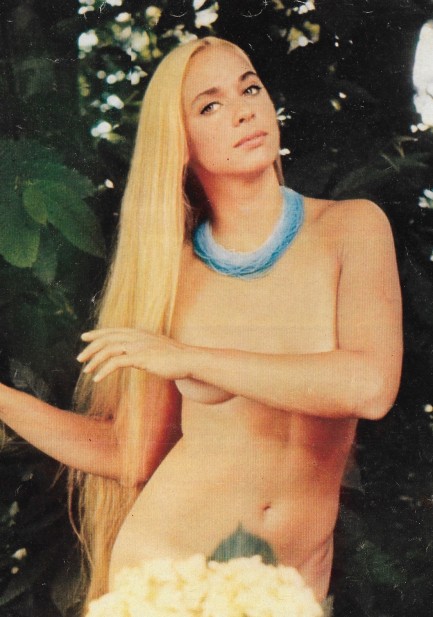 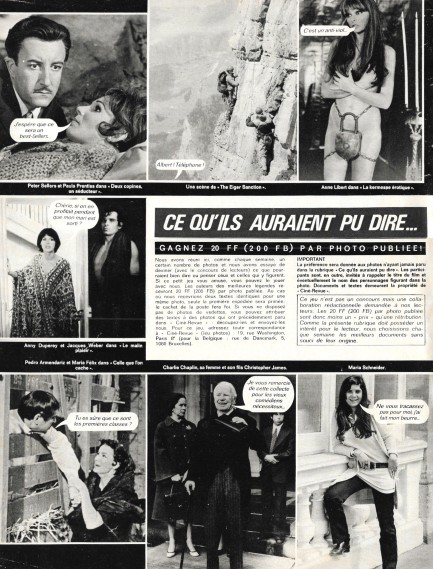 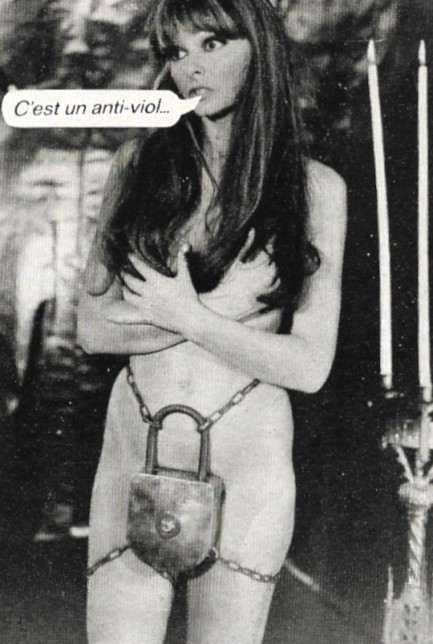 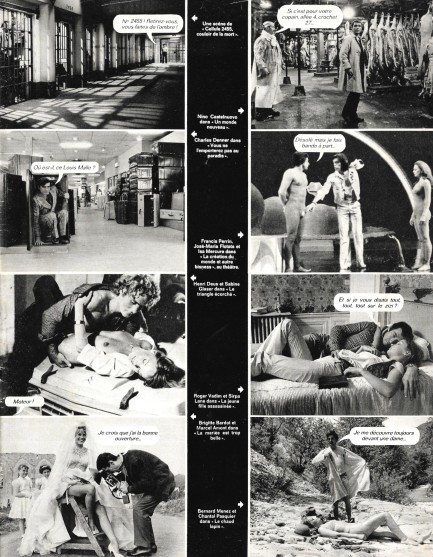  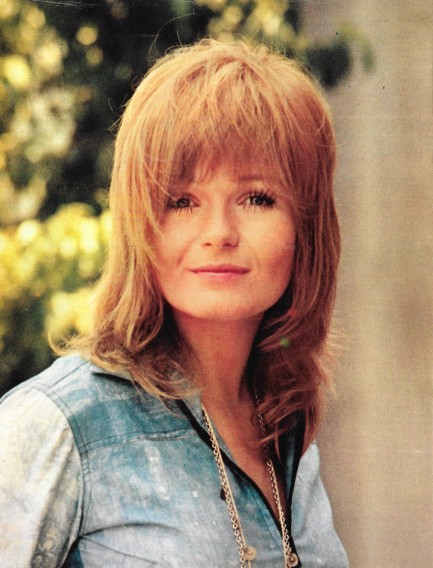 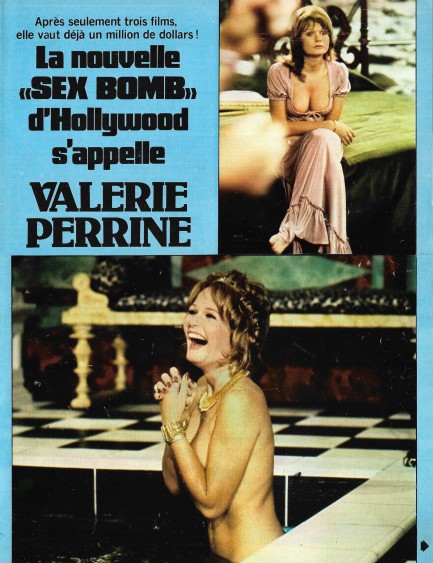 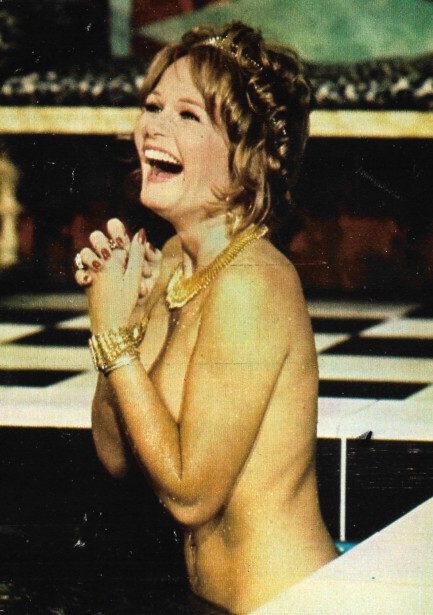 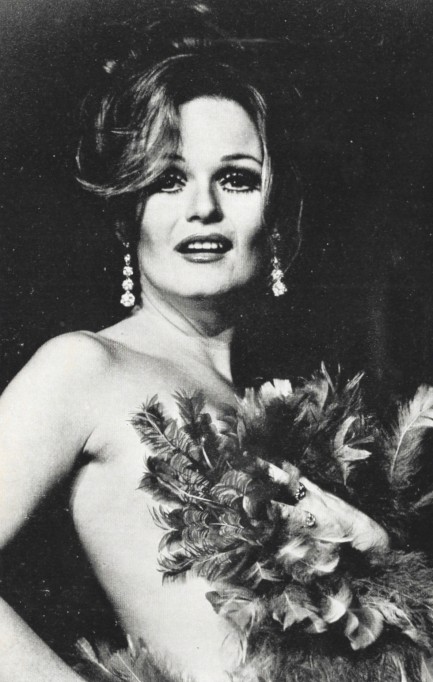 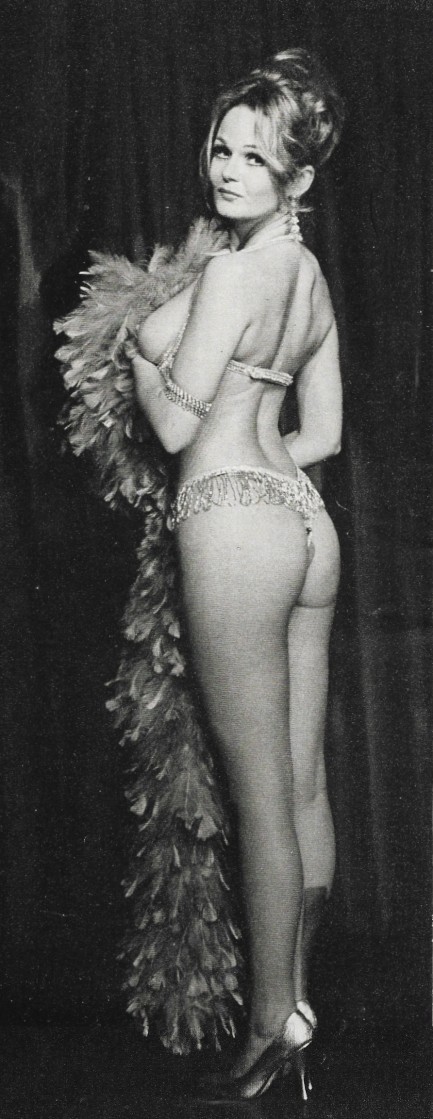 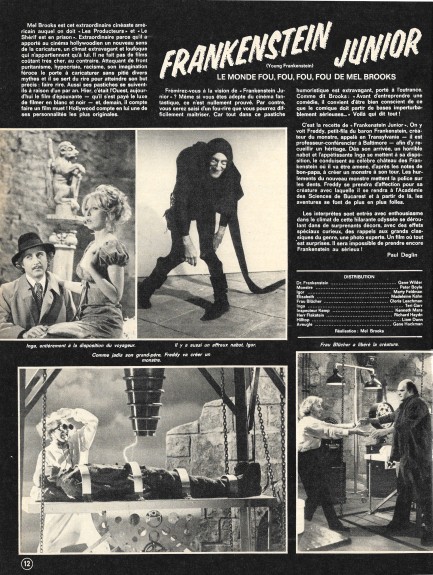 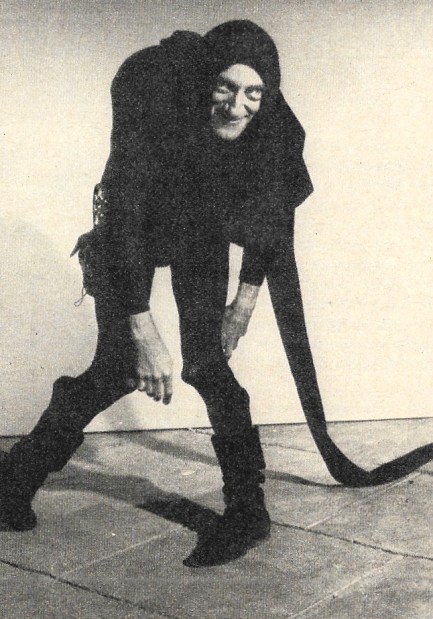 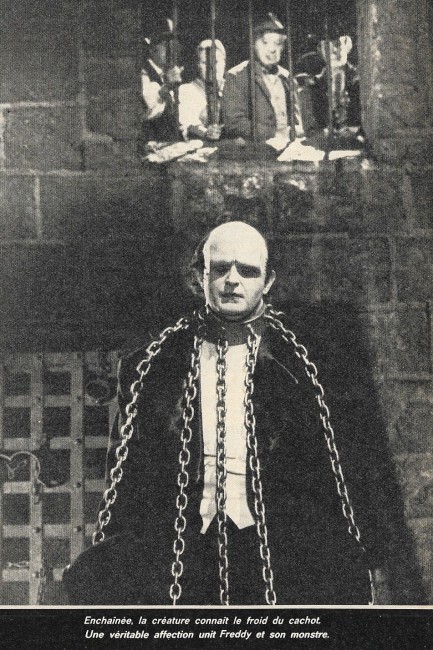 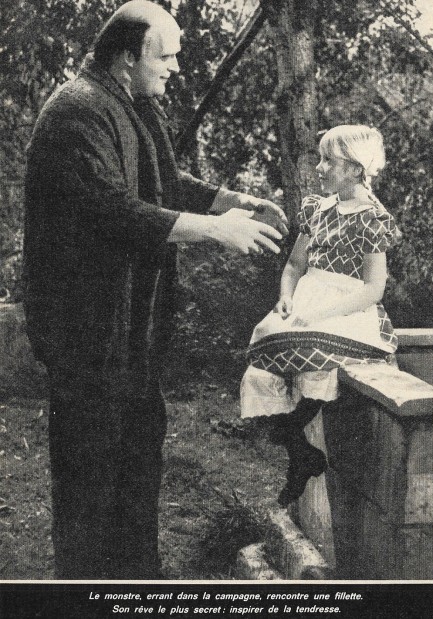 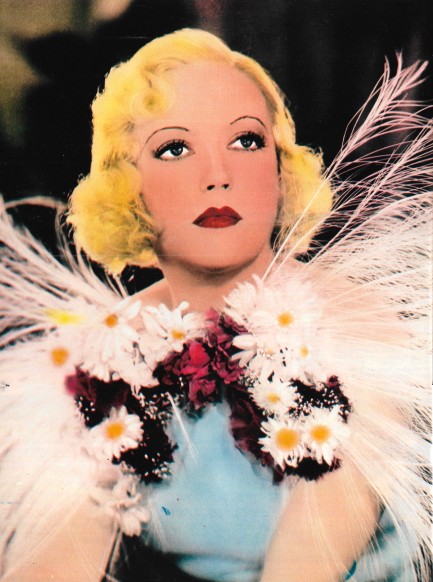 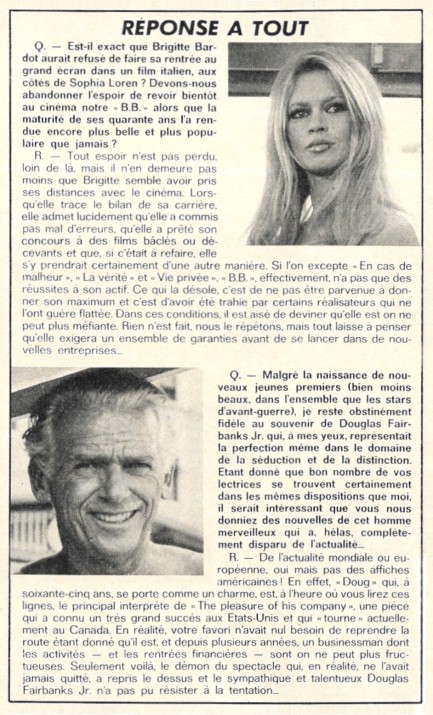 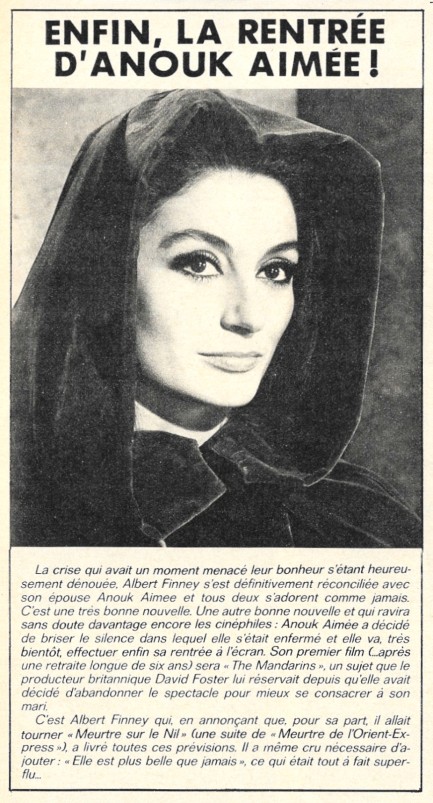 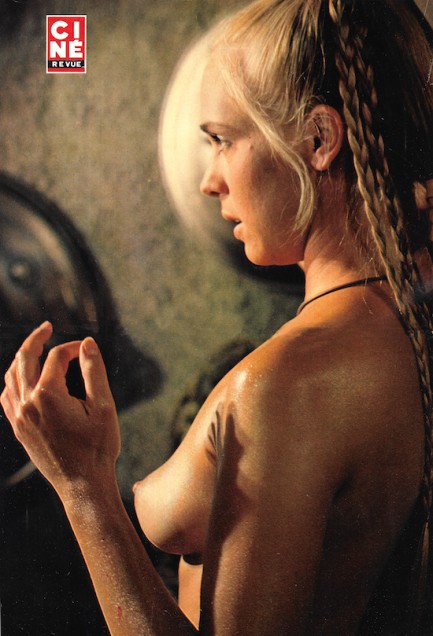 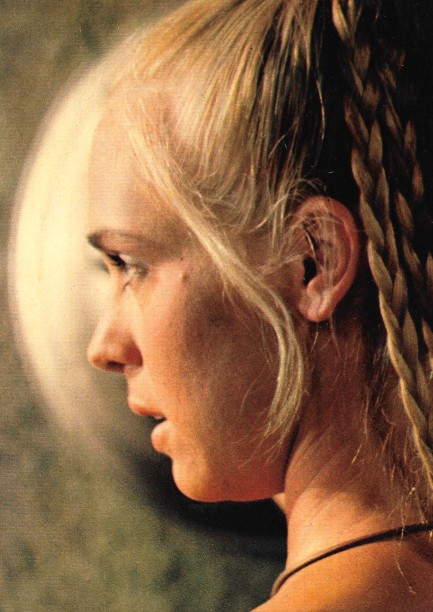 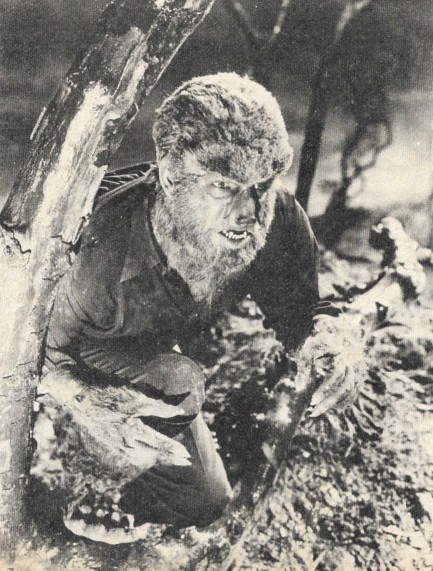 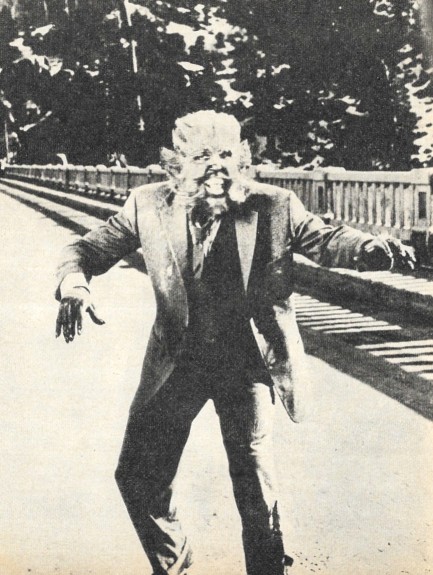 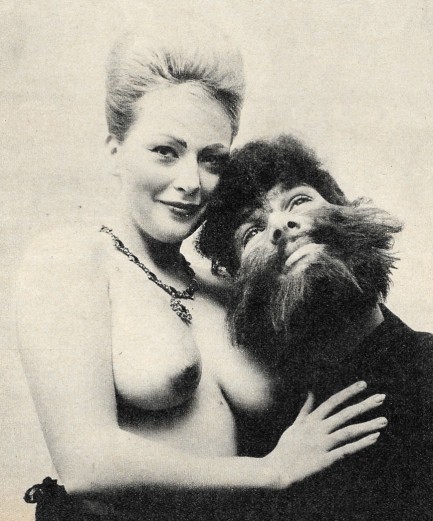 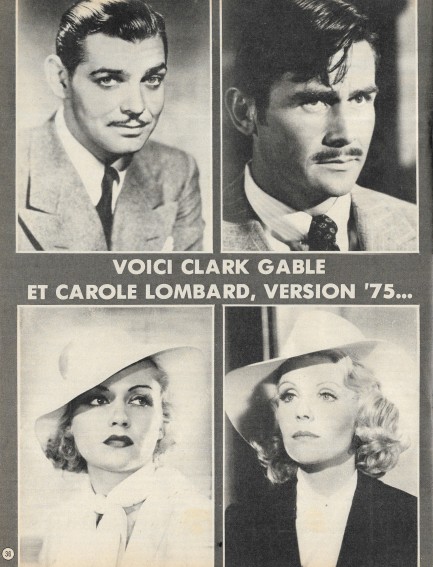 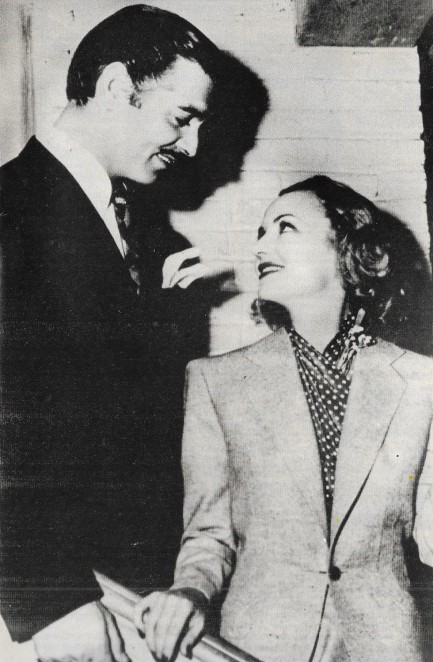  
 There's something very fishy going on. 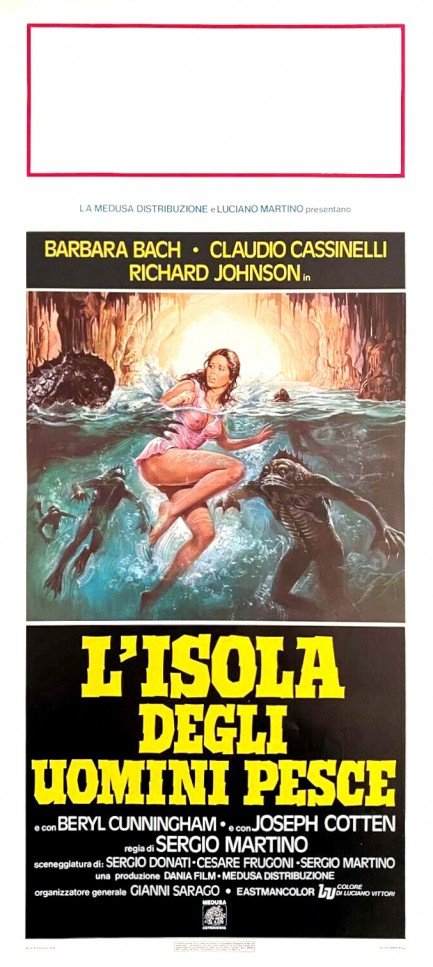
This promo poster just screams winner, don't you think? If it isn't a good movie, it's got to be deliciously terrible. It was made for L'isola degli uomini pesce, known in English as The Island of the Fishmen, a movie that starred Richard Johnson, Barbara Bach, and Claudio Cassinelli. No surprise what it's about, thanks to the title, but nothing is spoiled—the fishmen show up within the first few minutes of the film when a group of convicts in a lifeboat are attacked and the five survivors end up stranded on a swampy island. Since the fishmen hunt there, the attrition rate on this parcel of land is a bitch. Two cons are killed almost immediately upon arrival, and a third barely survives a pit trap. They soon learn humans live there too—paranoid misanthrope Richard Johnson, his companion Barbara Bach, their servant Beryl Cunninghman, and others, all residing in and around a baroque slave plantation house.
Johnson, who is a quack scientist, is trying to train the fishmen for what shall here remain undisclosed purposes. It involves going deep underwater where humans can't survive—but strangely, not so deep that Johnson can't simply drop down in his unpressurized wooden submersible and watch them at work. It's all a crock, even for bad sci-fi. But there are three points of note with the film: first, you can actually see that some budget went into creating the fishmen; second, Johnson speaking in a constipated Dick Dastardly voice is flat hilarious; and third, Barbara Bach is Barbara Bach. Or maybe we should have listed her first. The producers at Dania Film, perhaps realizing Fishmen was a total woofer, rode Bach hard, putting out a bunch of skinful promotional photos and getting her a Fishmen-themed nude shoot in Ciné-Revue. There's always a silver lining in 1970s exploitation cinema—and on Pulp Intl. L'isola degli uomini pesce premiered in Italy today in 1979.
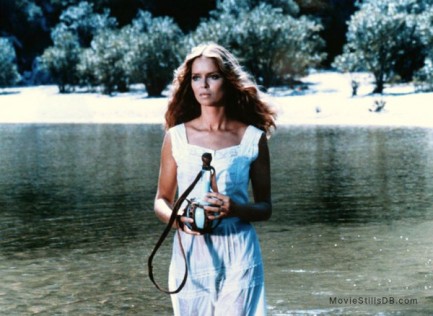 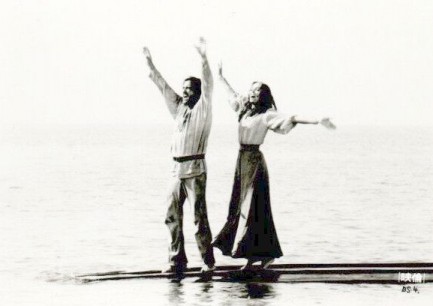 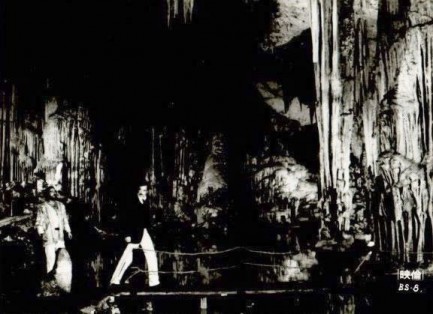 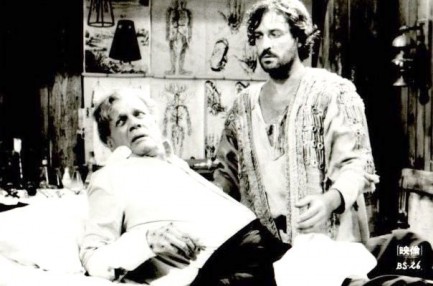 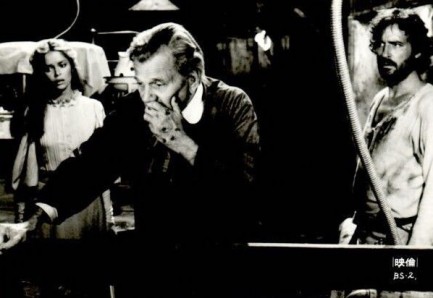  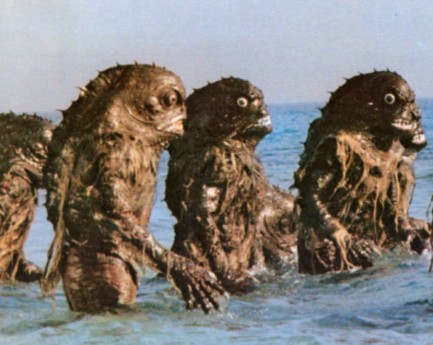 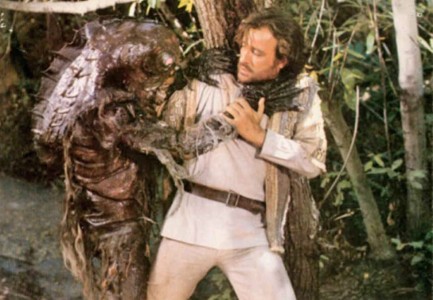 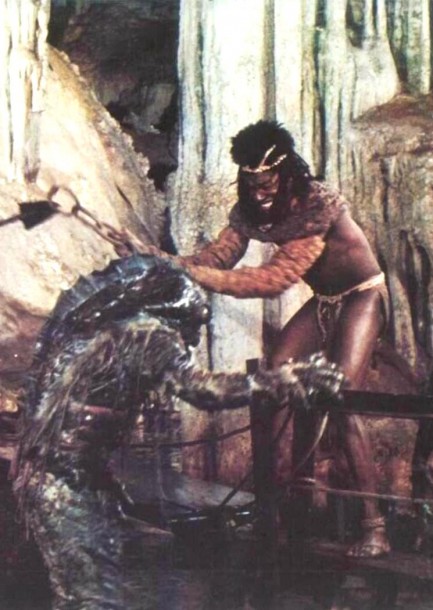 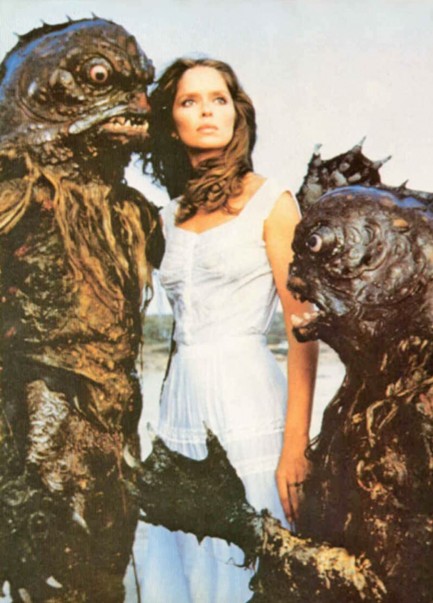 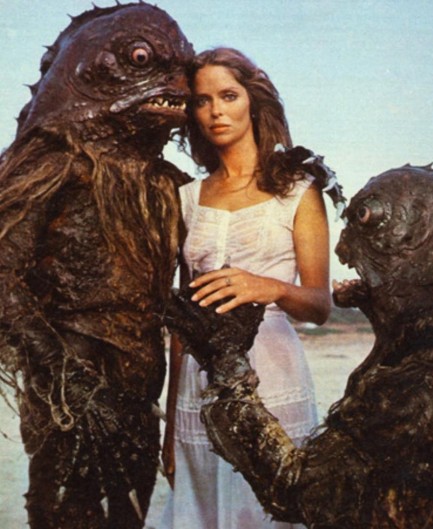 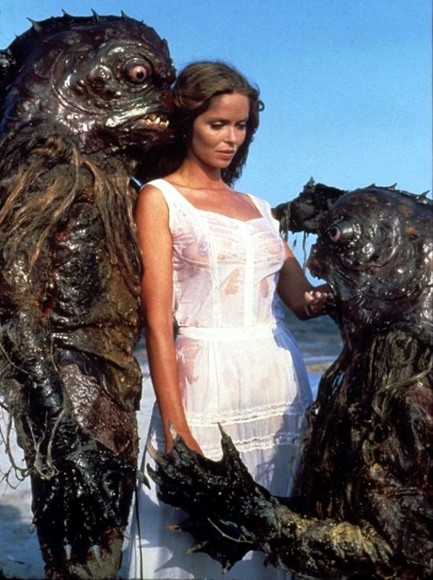 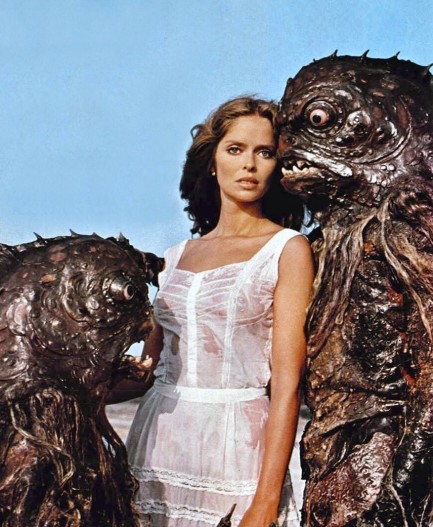 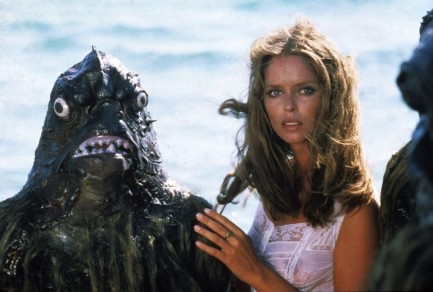 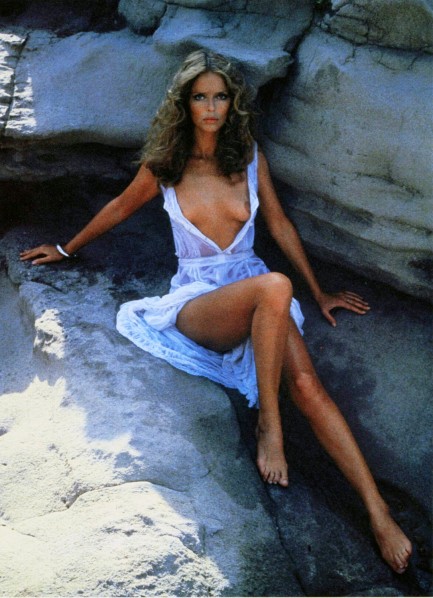 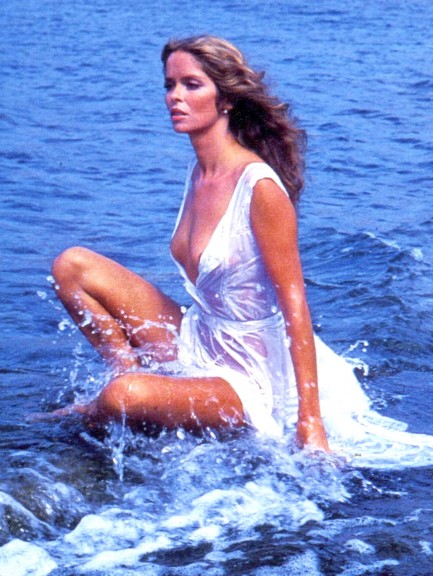 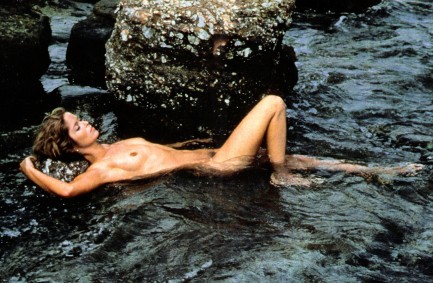 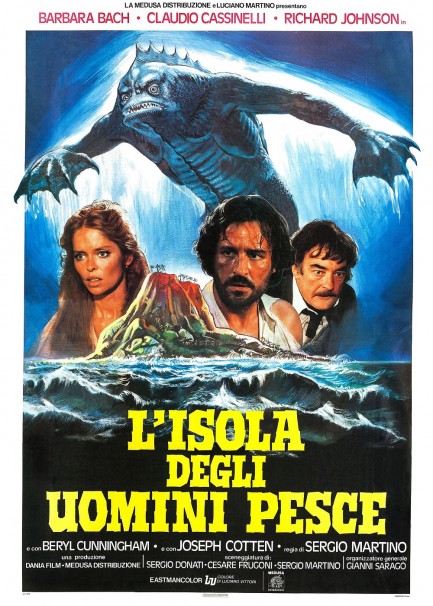
 Ciné-Revue was the go-to publication for movie stars seeking exposure. 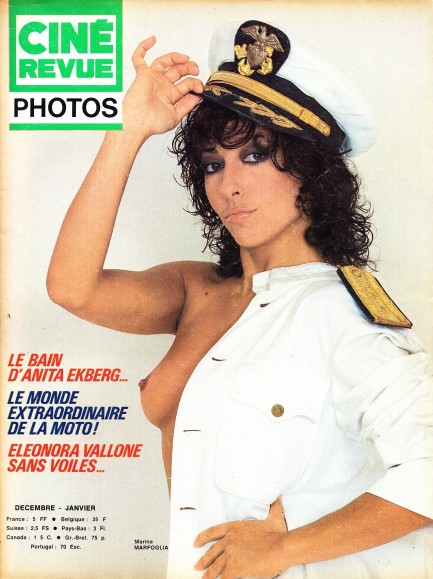
Here's your official Christmas gift, a prime example of that mid-century phenomenon we discuss often, the intersection of mainstream and adult cinema during the sixties and seventies. Ciné-Revue, which was published in Belgium and distributed there and in France, Switzerland, Canada, Portugal, Britain, and the Basque region of Spain, was at the vanguard of that idea. It highlighted both popular stars and their adult counterparts, blurring the line between the two. It wasn't hard to do. Famous performers often acted in sexually oriented films, and Ciné-Revue was a platform that helped cinematic explorations of sexual ideas be taken seriously.
The issue you see above is the cover of Ciné-Revue Photos 49, a visual compendium of actresses both world famous and somewhat obscure. The names run the gamut from Anita Ekberg to Marina Marfoglia. Marfoglia gets the cover, while Ekberg gets the rear, and that's exactly what we're talking about—the obscure elevated over the known. Both are also featured in multiple pages inside—but while Ekberg gets seven, Marfoglia gets eight and the centerfold. The issue is about a hundred pages, but we're unable to put together a post that long. Instead, we've selected some of the nicer images to warm up this winter day. Enjoy, and don't worry about us slaving over a computer. We put this collection together last week. Right now, on Christmas, we're traveling with the PIs.
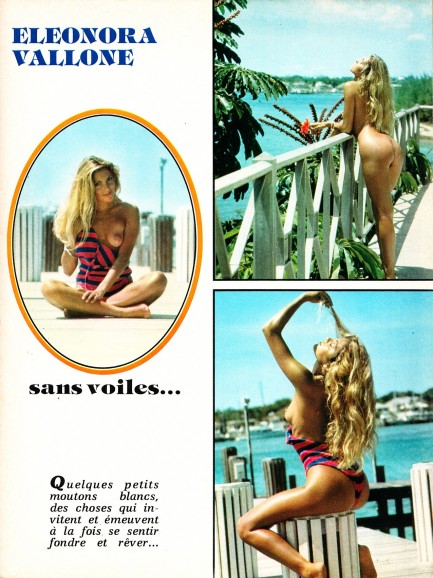 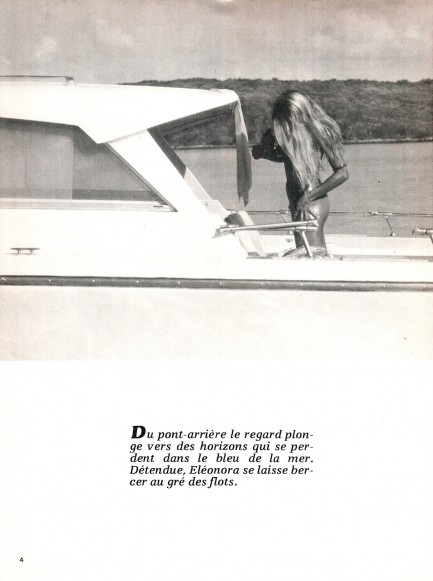  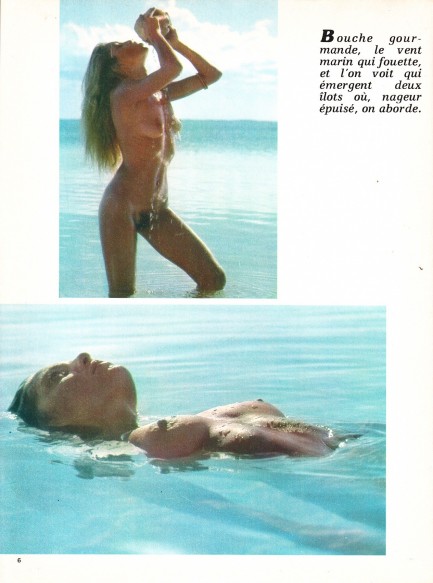 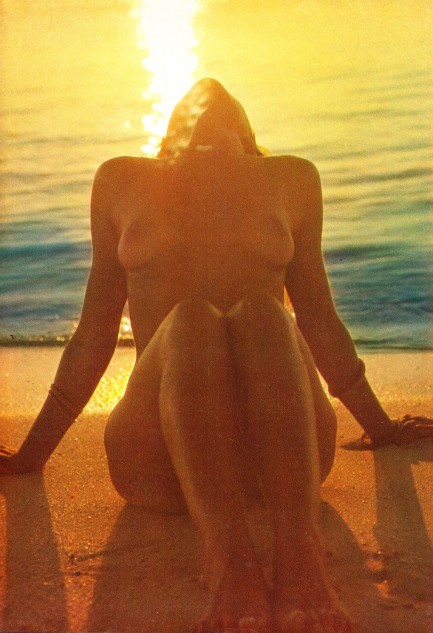 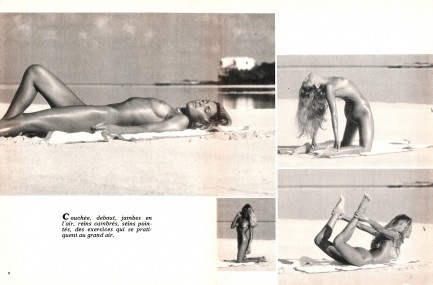 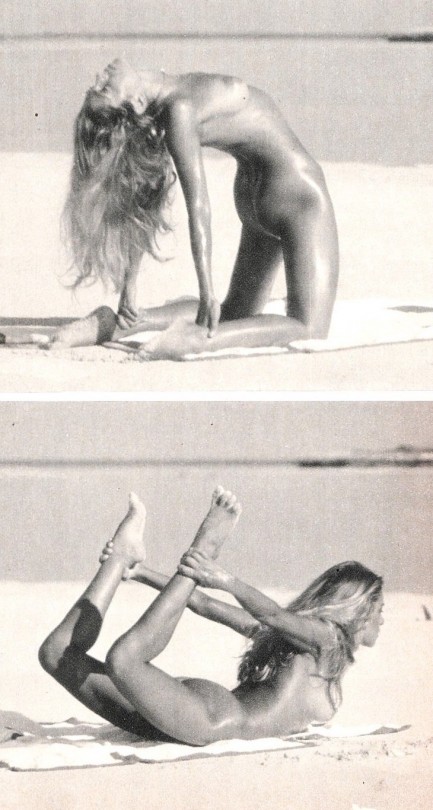 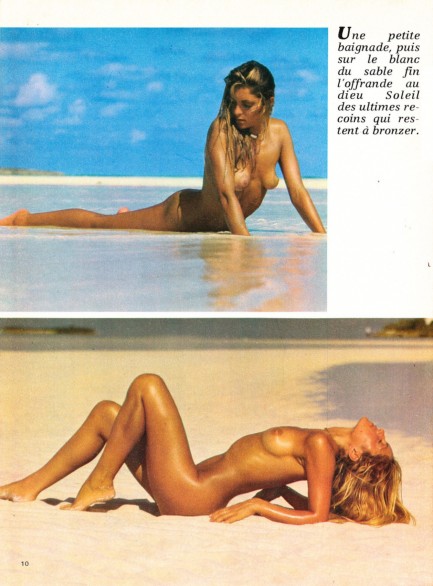 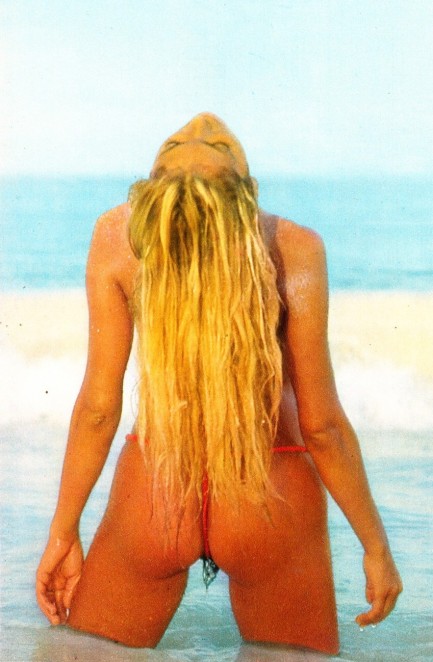 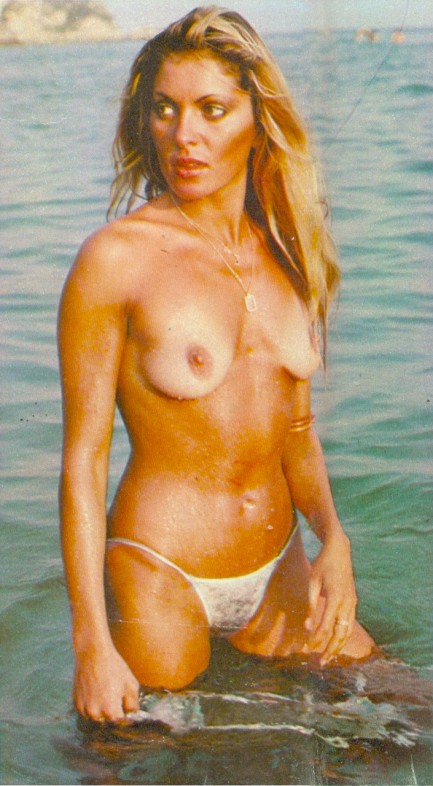 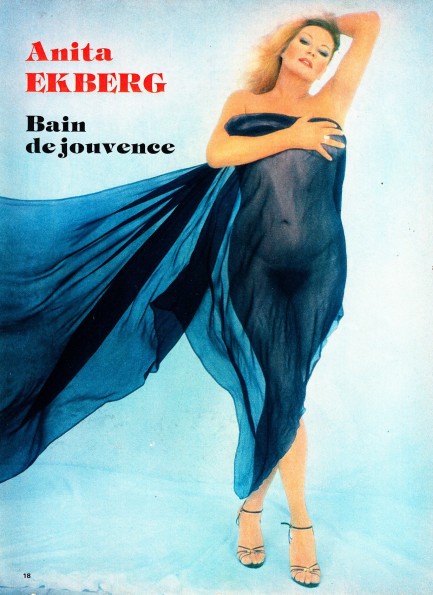 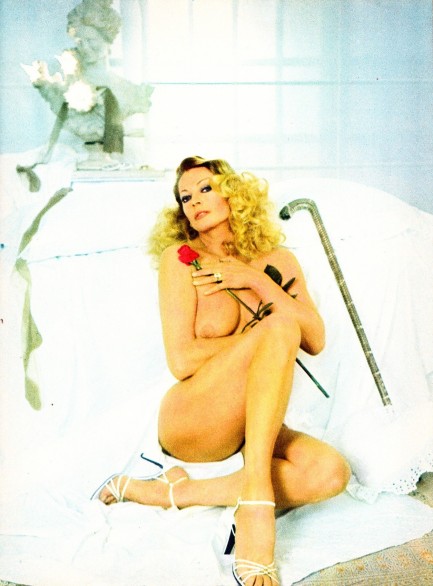 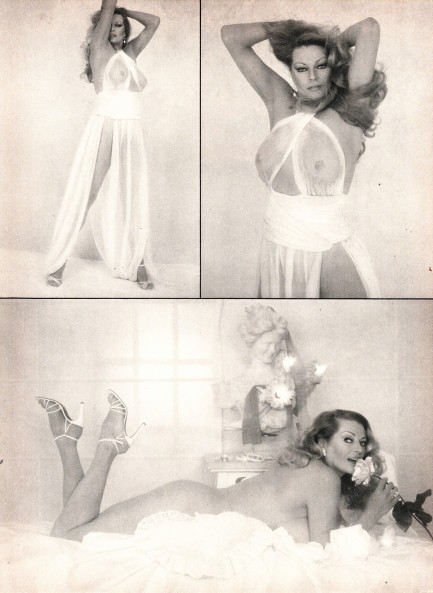 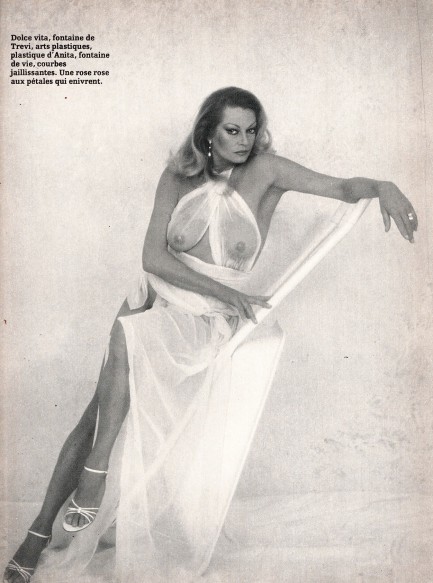 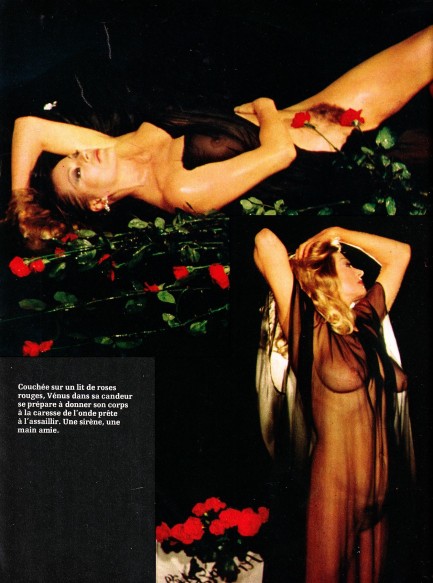 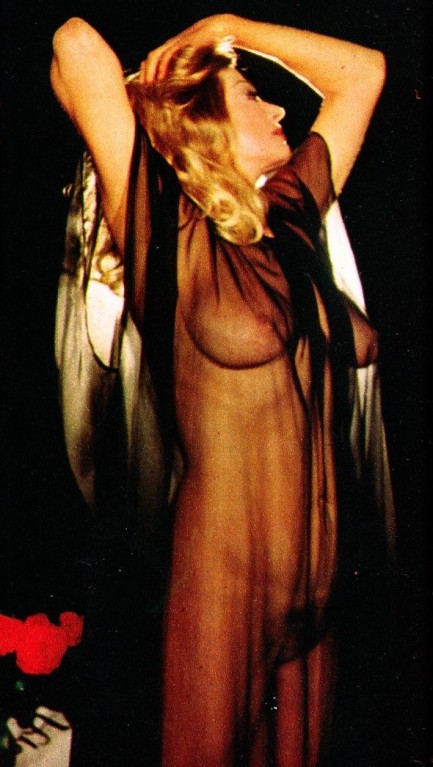 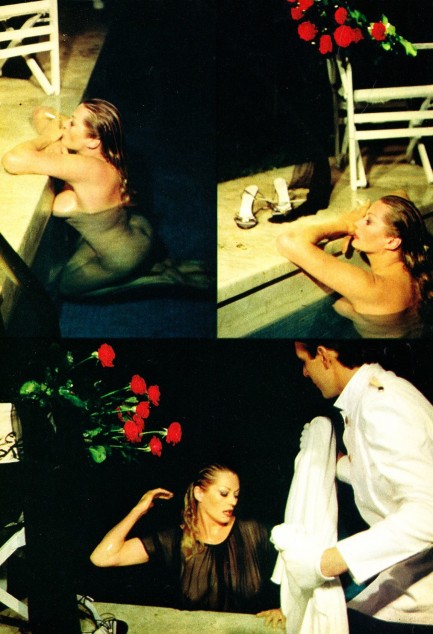 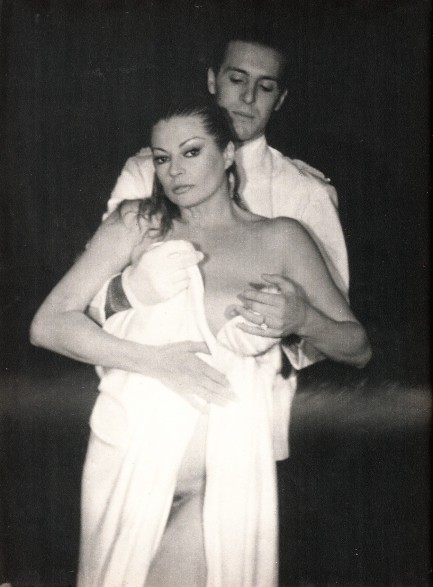 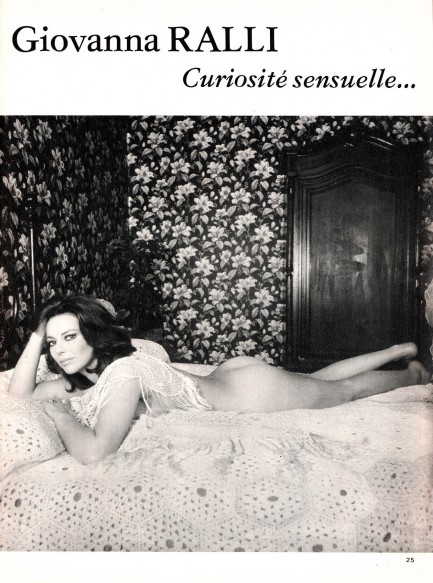 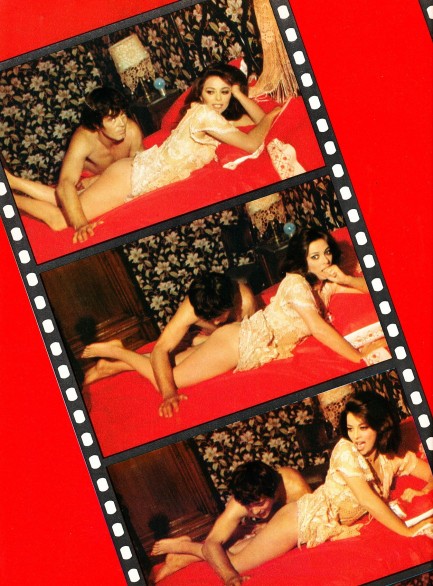 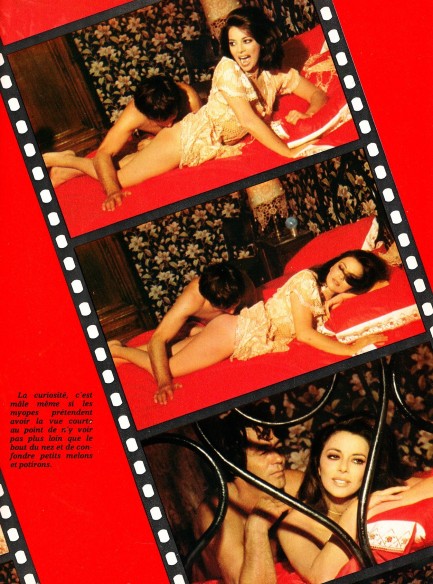 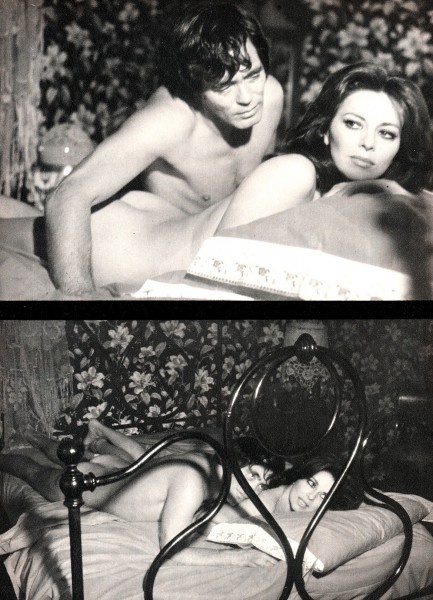 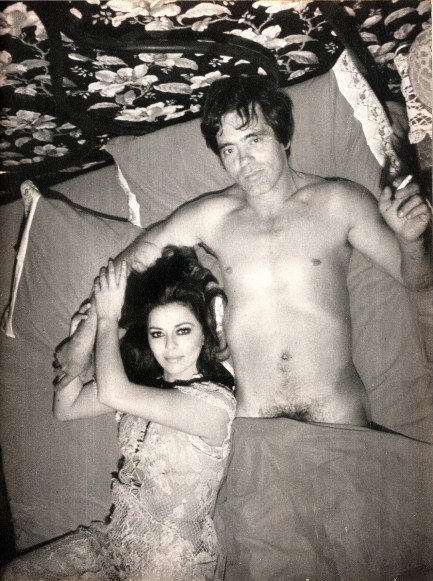 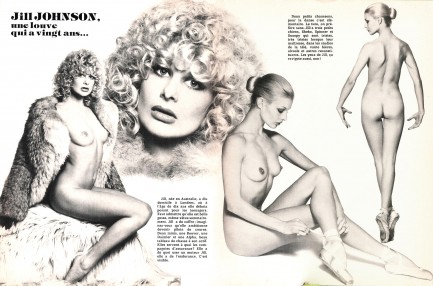 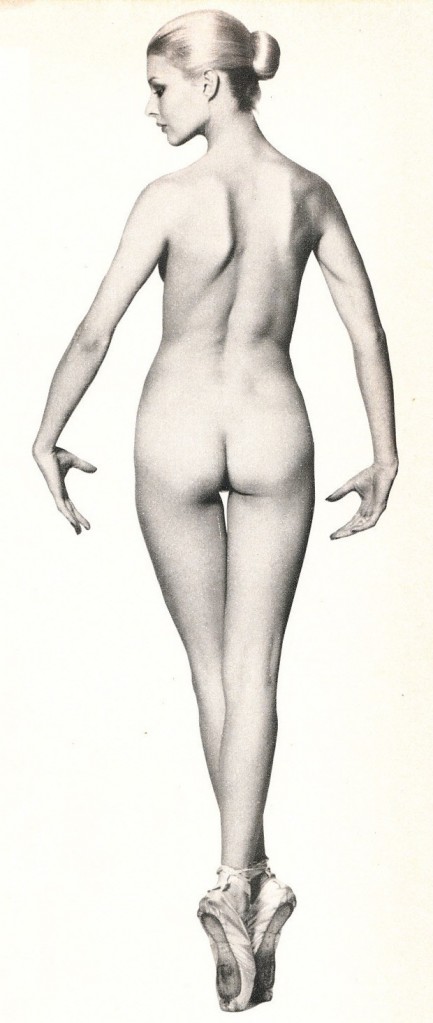 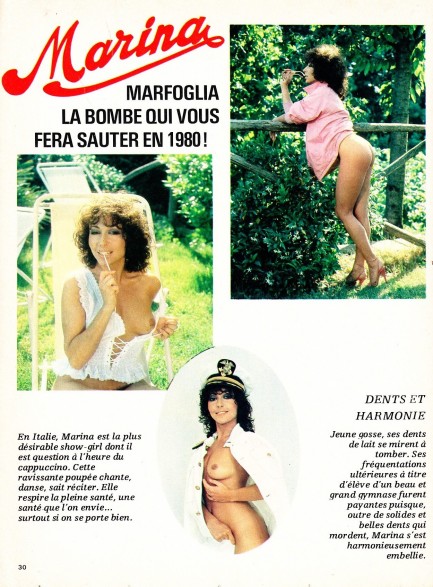  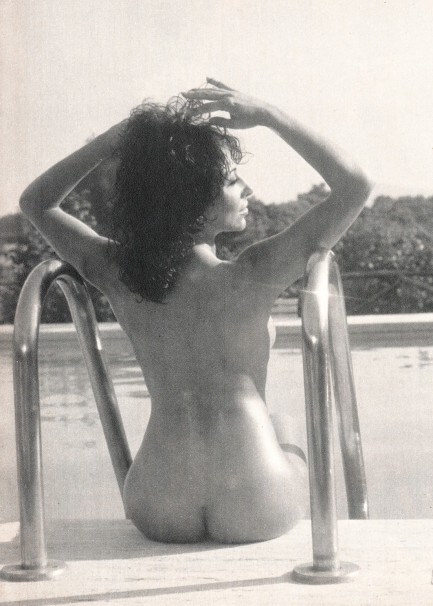 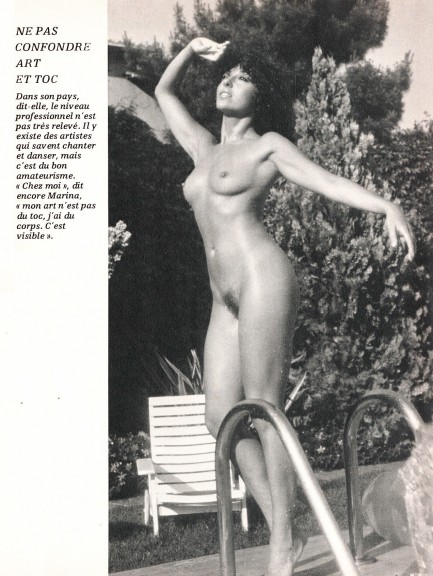 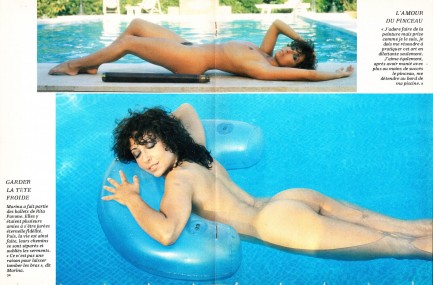 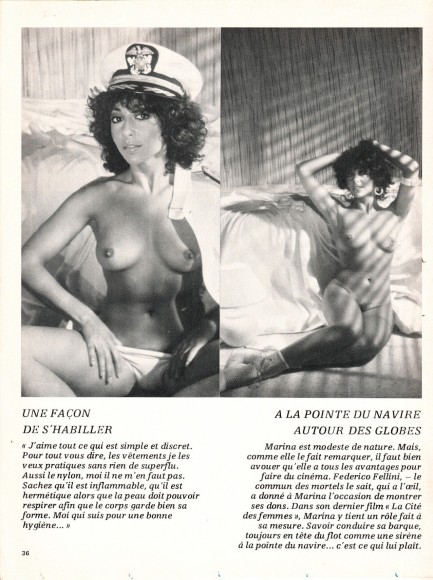 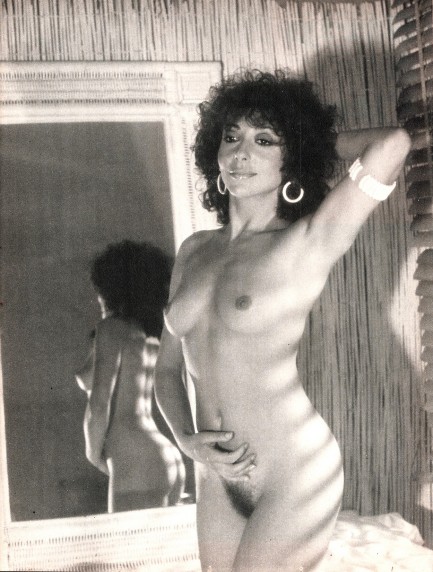 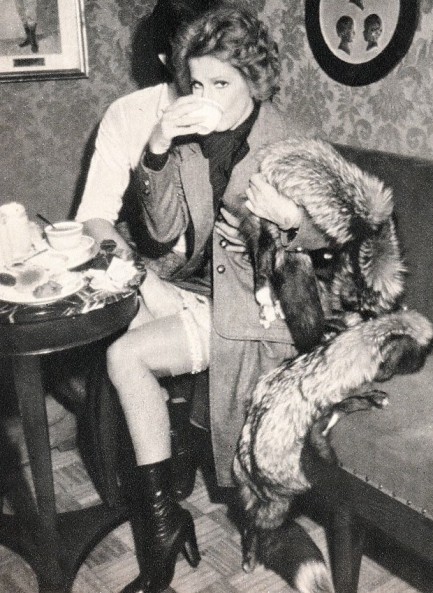 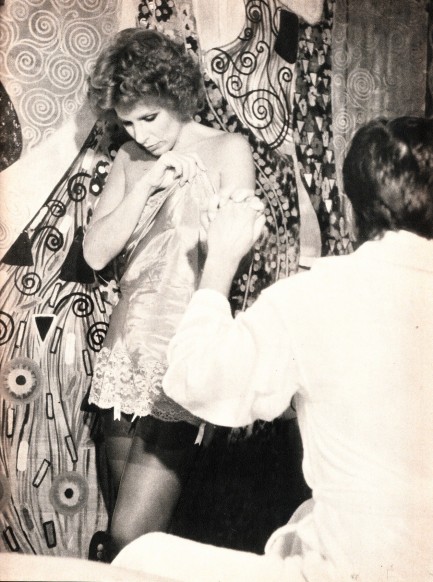 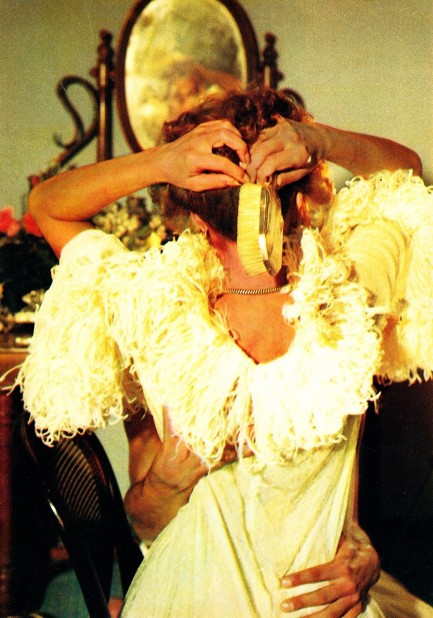 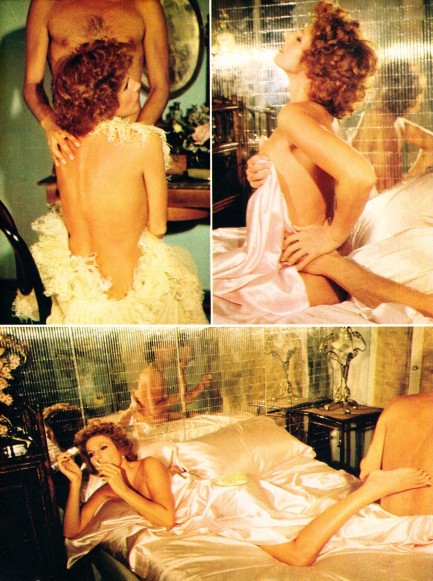 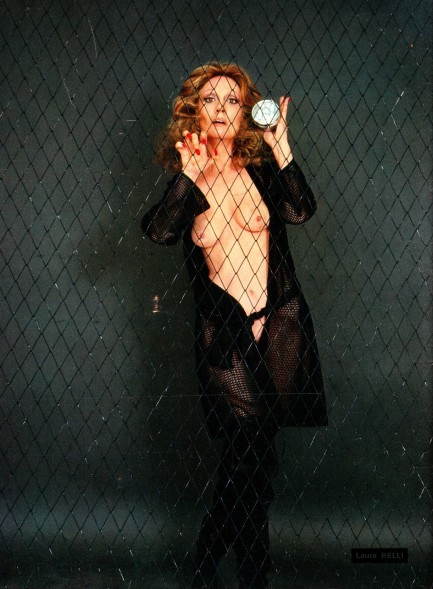 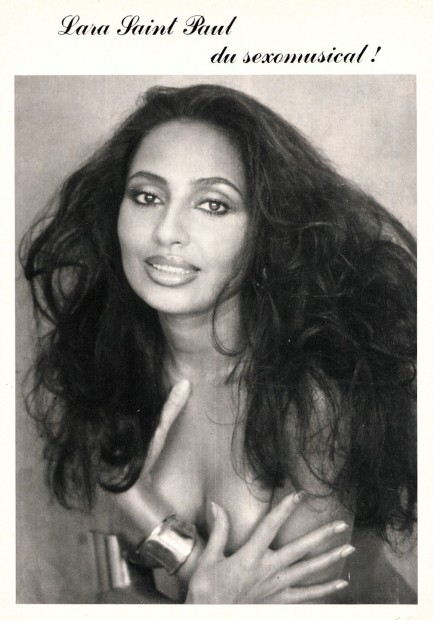 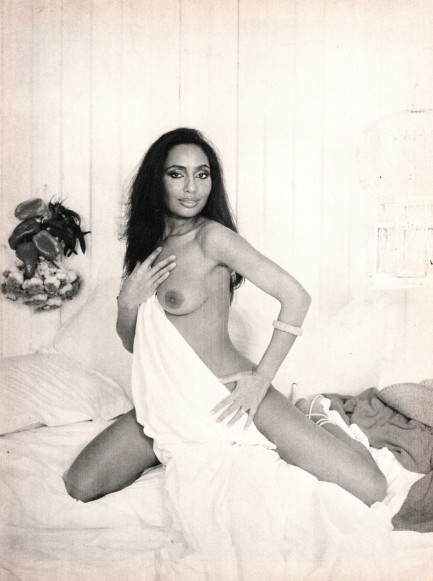  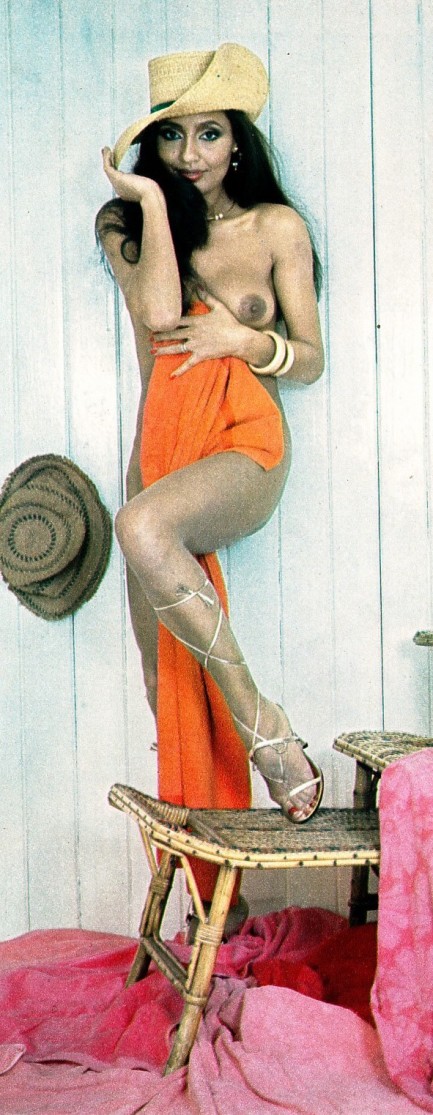 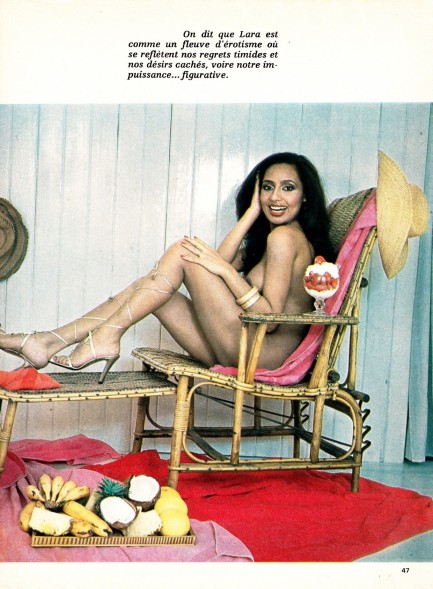 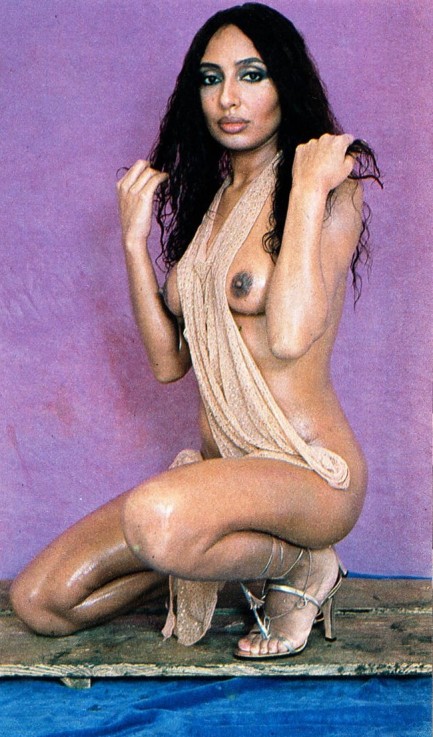  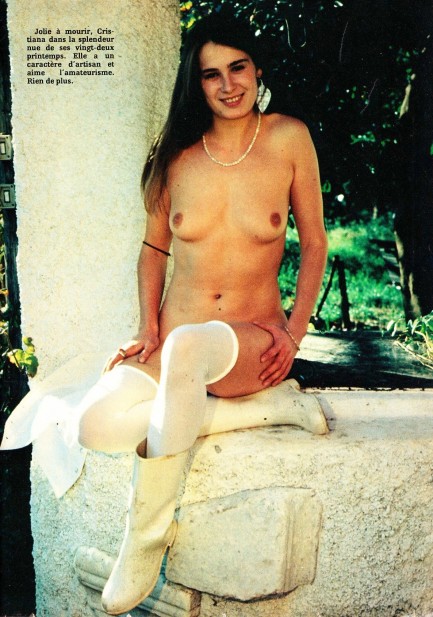 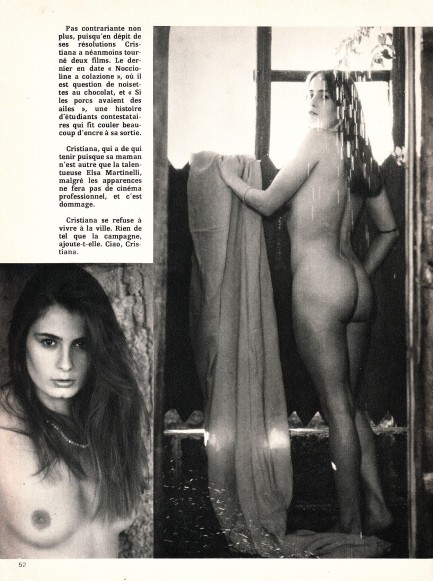 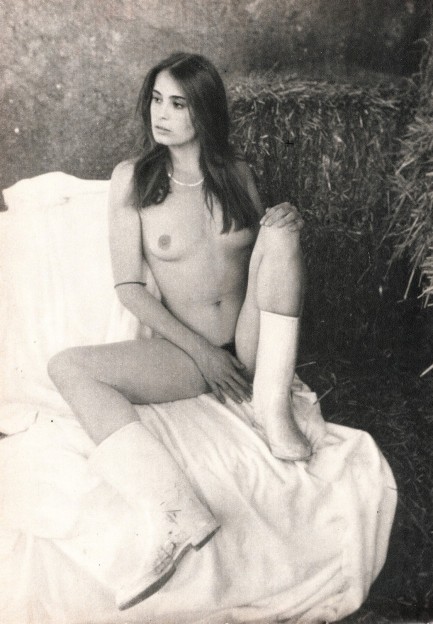 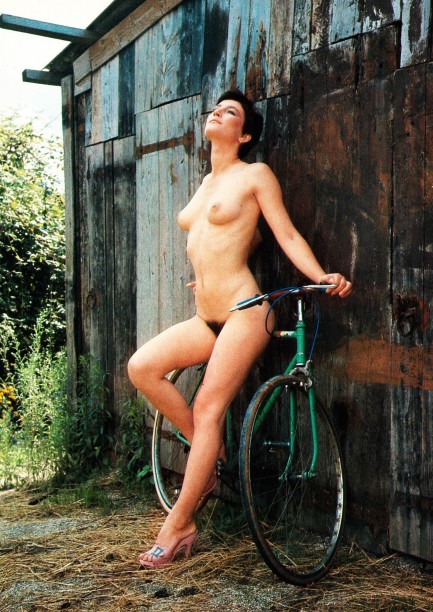 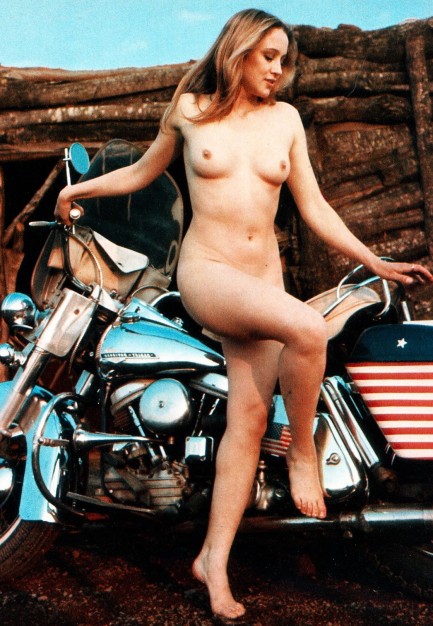 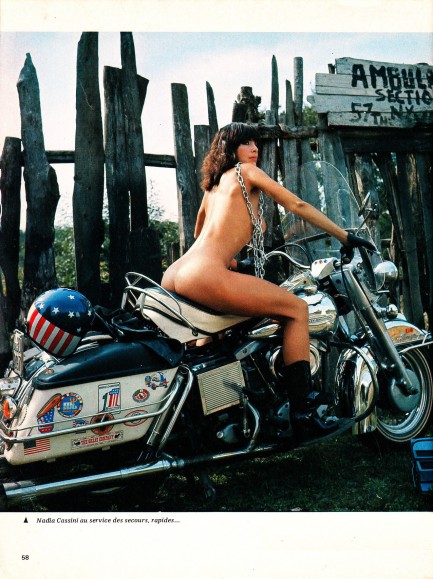 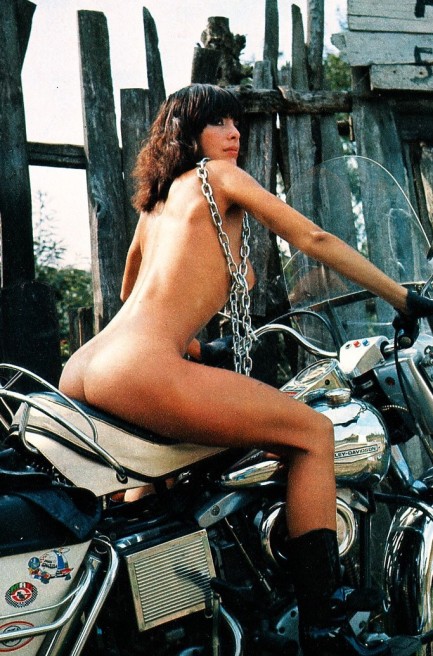 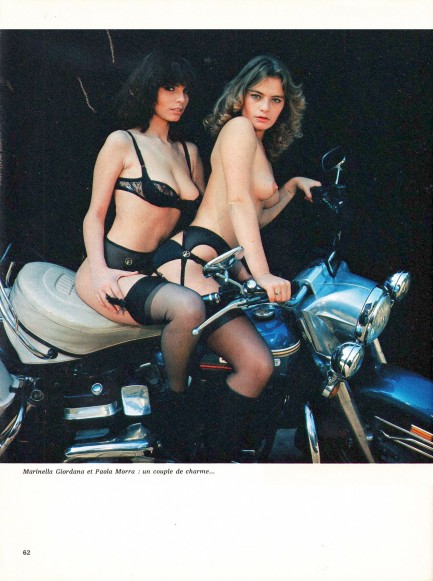  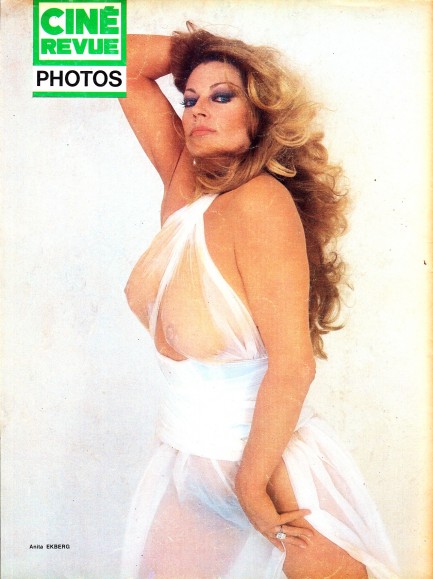
 Bright, crisp, light bodied, aged twenty-seven years. 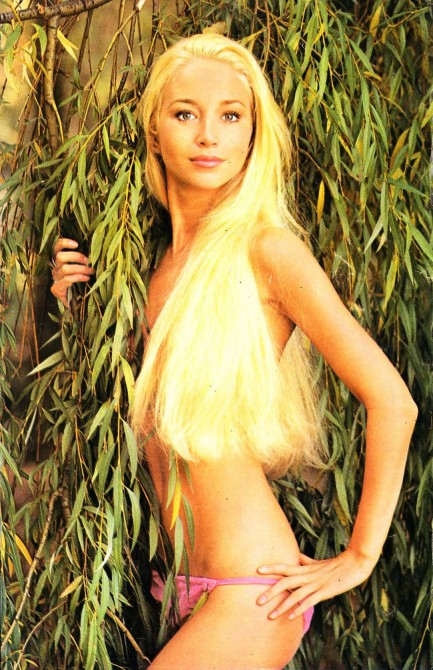
This shot of French actress Lyne Chardonnet comes from the cover of an August 1970 issue of the Belgian magazine Ciné-Revue, a publication that's a gold mine for vintage celebrity imagery. We still have a few issues we picked up in Paris, and hopefully we'll scan those at some point. Chardonnet appeared in more than forty films during a fifteen year career, including Le tatoué and Dracula père et fils, aka Dracula and Son. She's another unfortunate actress that died early, but not by misadventure—liver cancer got her when she was only thirty-seven.
 It's minimal but I figure when the climate finishes changing this'll qualify as overdressed. 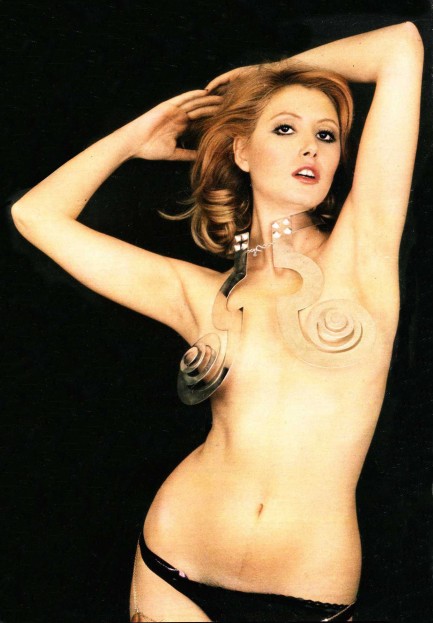
Above you see Sicily born Italian model and actress Pia Giancaro, who won the 1968 Miss Sicily contest, competed for Miss Italy, and parlayed the exposure into a foothold in cinema, where she appeared in such films as Se t'incontro t'ammazzo, aka Finders Killers, and La dama rossa uccide sette volte, aka The Red Queen Kills Seven Times, aka Blood Feast. This futuristic photo was published on the cover of the Belgian film and television magazine Ciné-Revue in 1977. It actually dates from a 1974 photo session, when the magazine used a different shot from the same series. Ciné-Revue gave Giancaro a lot of attention over the years, with multiple covers, and a couple of centerfolds, one of which you can see here.
 This frolic has been sponsored by Off! bug repellent and Nasonex hay fever tablets. 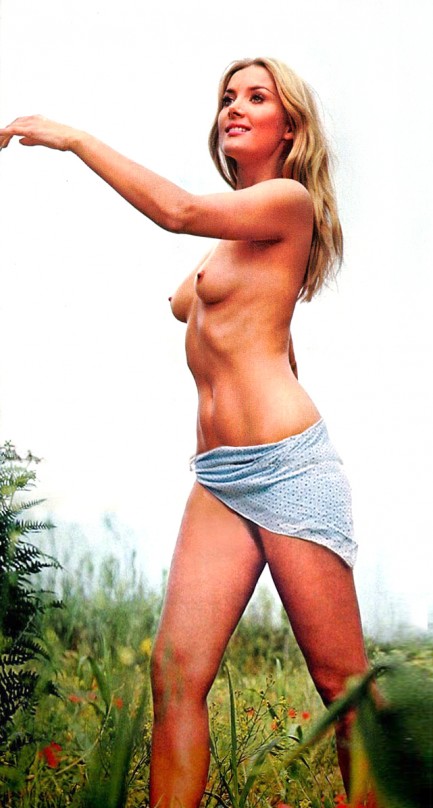
In this centerfold image from the Belgian magazine Ciné-Revue published in September 1972, Barbara Bouchet finds herself in a field of wildflowers and high grasses, and does what comes naturally—sneezes like a maniac until the medication kicks in. Then she frolics, and what a lovely frolic it is. We've featured Bouchet before, which means you already know she's a famously beautiful model-turned-actress who appeared in films like Non si sevizia un paperino, aka Don't Torture a Duckling, Gangs of New York, Casino Royale, and television's Star Trek. Also—and we didn't mention this the other times we wrote about her—she's another celeb who benefitted from a name change. She was born in 1943 in Sudentenland, a part of Czechoslovakia that was occupied by Germany at the time, and grew up as Bärbel Gutscher. That name simply doesn't roll off the tongue, so when she went to Hollywood she chose something that sounded French and the rest is history. These days she lives in Rome, where she still occasionally acts, though probably does a bit less frolicking. See a couple more shots of her here and here.
 Demongeot heats up and cools down. 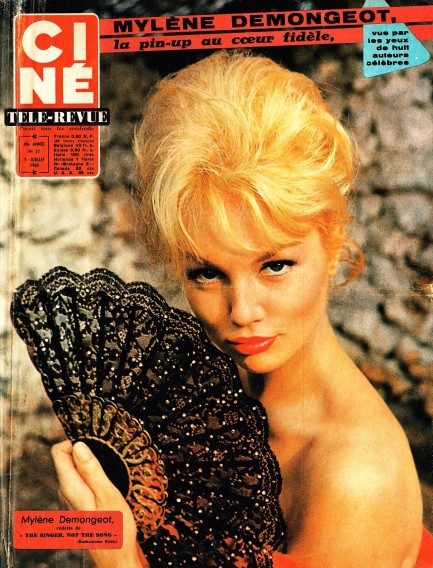
There are Bardot people and there are Demongeot people. We're Demongeot people. Well, not really, because there's no need to make a choice. But we like French actress Mylène Demongeot quite a bit. Like Bardot, she made many romantic comedies, but also succeeded in dramas and was nominated for a BAFTA in 1957 and two César awards in 2005 and 2007. What's more she's still working. Her latest film is this year's Maison de retraite. The above issue of the French pop culture magazine Cinémonde features Demongeot on the cover keeping cool with a Spanish fan. She's one of the hottest stars in French cinema at this stage, in July 1960, with hits like 1961's Les trois mousquetaires and 1962's Copacabana Palace just around the corner.
The magazine also offers four pages of Demongeot inside, including a photo with the interesting caption, “Mylène Demongeot – une flamme pure de l'enfer,” which means “a pure flame of hell.” We assume that's a compliment. Another of the photos is our favorite of Demongeot. It shows her in some sandy niche of Torremolinos, Spain playing guitar (or seeming to) during the filming of The Singer Not the Song. Are you feeling a sense of déjà vú with her and this magazine? That may because we've featured her in two other issues. You can see those here and here. If you aren't Demongeot aficionados we recommend watching Bonjour Tristesse or Upstairs and Downstairs. Also, for those of an aesthetic mindset, you can see her at her most beautiful here and here. 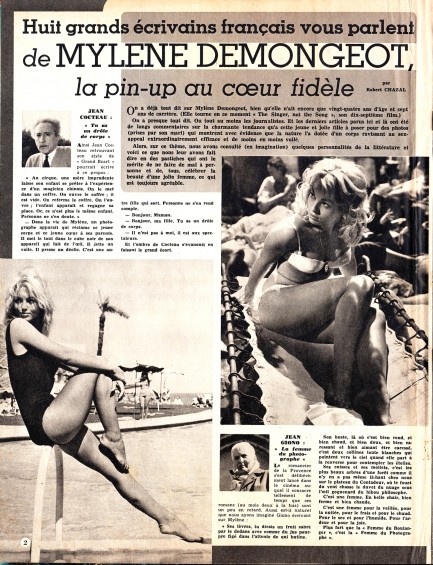 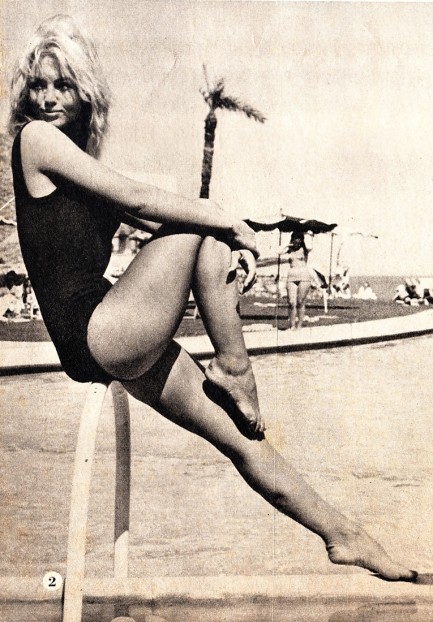 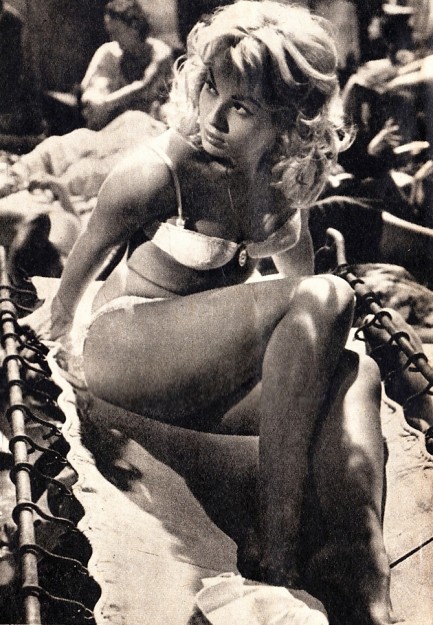 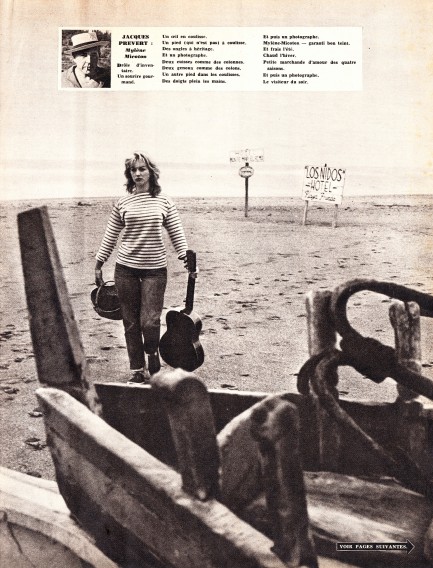 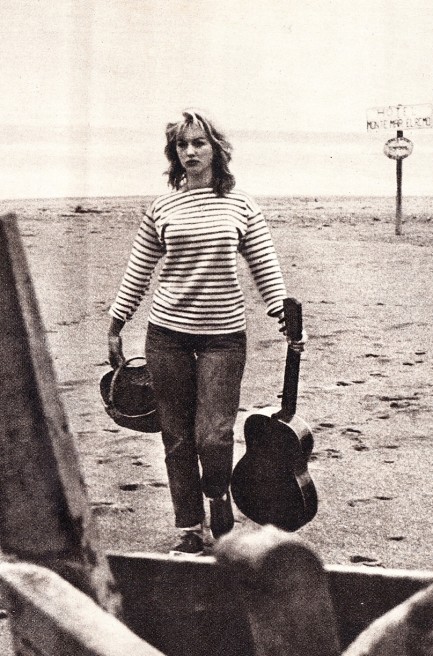 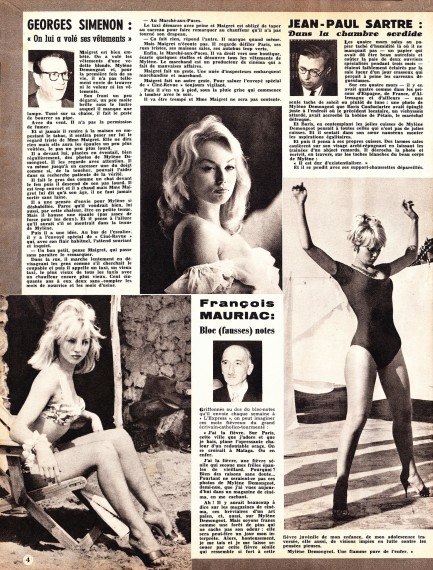 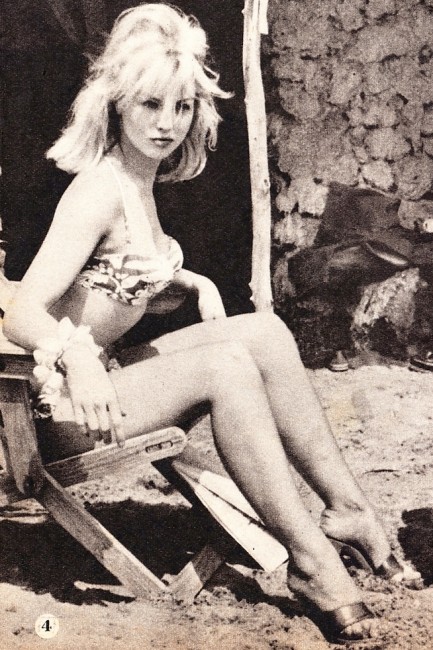 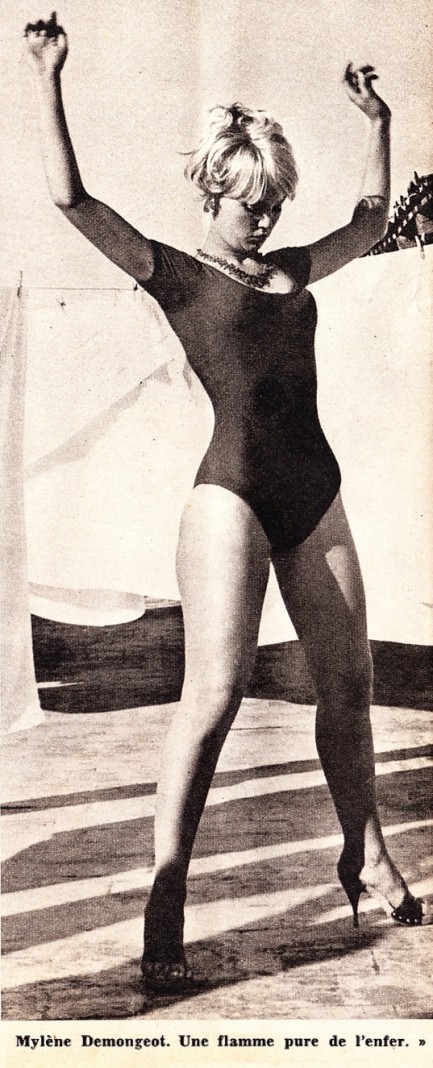 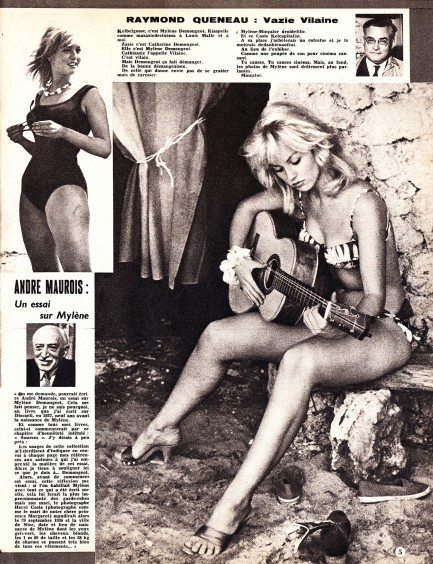 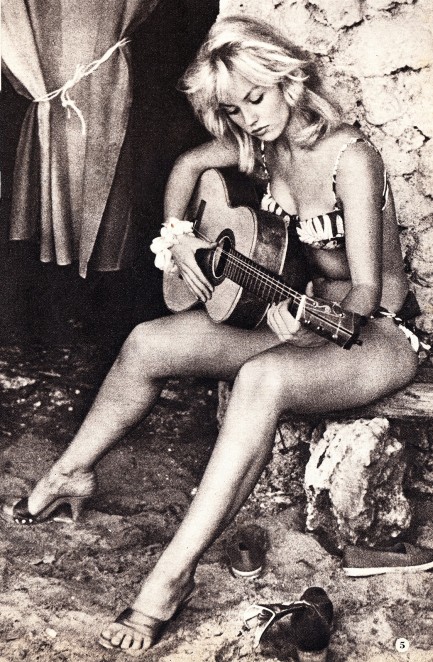
 This tree right here? It's mine. This patch of land around the tree too. Actually this whole forest is pretty much mine. 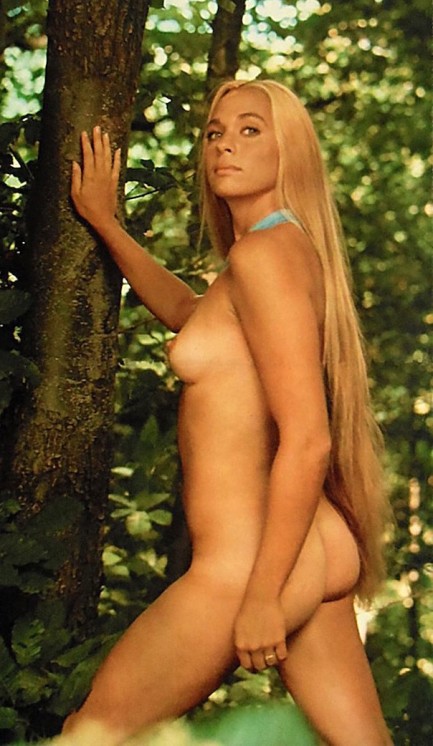
You never know what wildlife you'll come across during a walk in the forest. If it happened to be U.S. actress Margaret Markov, well, she beats the hell out of a white-tailed deer or a black-rumped woodpecker or any other kind of fauna. Markov starred in the unforgettable prisonsploitation flick The Hot Box, the indelible blaxploitation flick Black Mama, White Mama, and the ineradicable swordsploitation flick The Arena. You won't get this photo out of your mind either. It appeared in the Belgian magazine Ciné-Revue in 1975.
 Cardinali sizzles in the south of France. 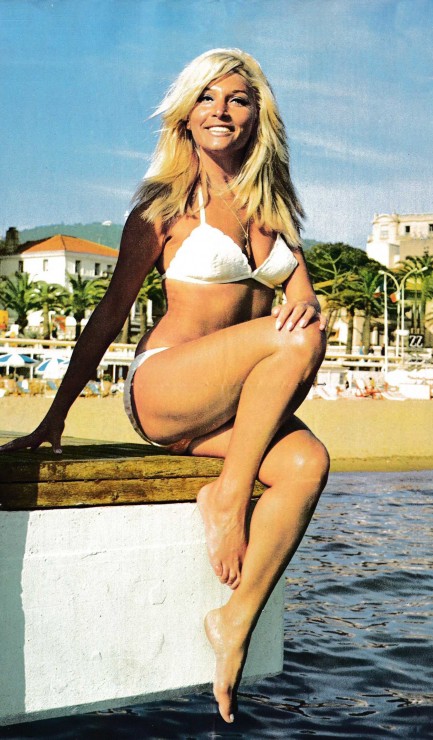
Our sun is categorized as a G2V type star, and in this blinding photo Italian actress Nuccia Cardinali—sometimes Cardinale, occasionally Karen Carter—is too G2V to be true as she poses for a shot in Cannes, France. Her cinematic career was scant, consisting of a dozen or so films. But that's okay—she personifies summer, surf, sand, and all things good and glowing in this image. It appeared as a centerfold in Ciné-Revue magazine in 1970.

|
 |

The headlines that mattered yesteryear.
2003—Hope Dies
Film legend Bob Hope dies of pneumonia two months after celebrating his 100th birthday. 1945—Churchill Given the Sack
In spite of admiring Winston Churchill as a great wartime leader, Britons elect
Clement Attlee the nation's new prime minister in a sweeping victory for the Labour Party over the Conservatives. 1952—Evita Peron Dies
Eva Duarte de Peron, aka Evita, wife of the president of the Argentine Republic, dies from cancer at age 33. Evita had brought the working classes into a position of political power never witnessed before, but was hated by the nation's powerful military class. She is lain to rest in Milan, Italy in a secret grave under a nun's name, but is eventually returned to Argentina for reburial beside her husband in 1974. 1943—Mussolini Calls It Quits
Italian dictator Benito Mussolini steps down as head of the armed forces and the government. It soon becomes clear that Il Duce did not relinquish power voluntarily, but was forced to resign after former Fascist colleagues turned against him. He is later installed by Germany as leader of the Italian Social Republic in the north of the country, but is killed by partisans in 1945.
|

|
|

It's easy. We have an uploader that makes it a snap. Use it to submit your art, text, header, and subhead. Your post can be funny, serious, or anything in between, as long as it's vintage pulp. You'll get a byline and experience the fleeting pride of free authorship. We'll edit your post for typos, but the rest is up to you. Click here to give us your best shot.

|
|





































































































































































































